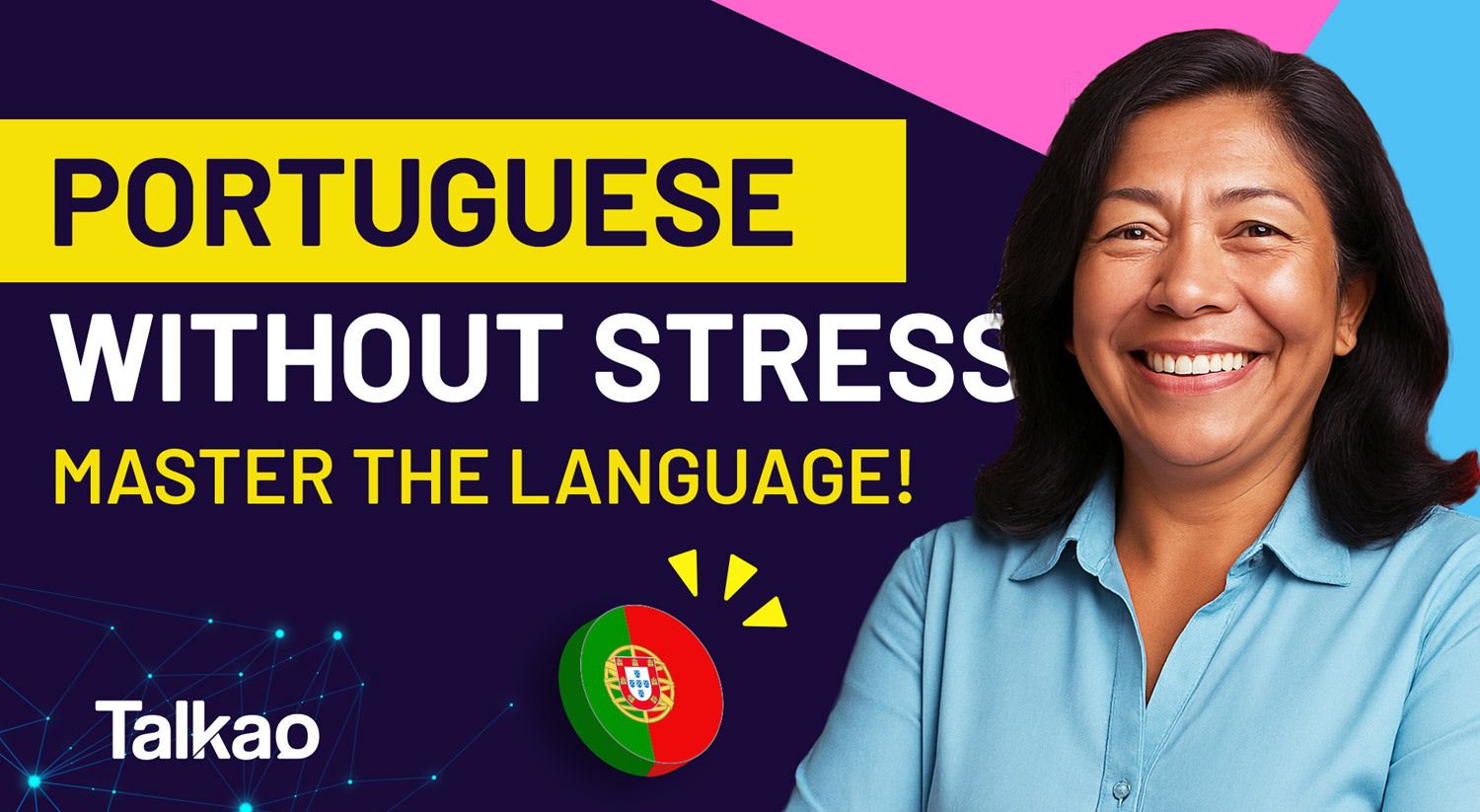
Congratulations! You’ve made it to your first Portuguese class with Talkao. In this beginner-friendly lesson, you’ll learn the essential basics to start navigating this beautiful language. And what better way to begin than by learning how to introduce yourself?
Our instructor will guide you through the fundamentals of making a proper introduction in Portuguese. You’ll practice short and informal introductions, as well as more complete and formal ones. You’ll discover the key elements of a good self-introduction and what to keep in mind in different social or professional contexts.
But that’s not all—far from it! In this first class, you’ll also learn how to pronounce each word correctly. We’ll go over some of the most common verbs used in introductions, as well as pronoun usage. And you’ll begin to understand how pronunciation—a major challenge for many learners—can drastically affect meaning.
As if that weren’t enough, nosso professor will also show you how to combine your lessons with Talkao’s smart tools. You’ll see how AI-powered predictive translation and high-precision voice translation can become your best allies as you learn.
All this—and more—is waiting for you in your first Portuguese lesson with Talkao. But before we begin…
Why you should attend to your first Portuguese lesson
Before diving into grammar rules and sentence structures, it’s important to understand why learning Portuguese is truly worth it. As highlighted in our blog, Portuguese isn’t only the official language of Portugal. It’s also spoken by over 265 million people worldwide, and it’s the official language in countries such as Angola, Mozambique, Cape Verde, and Guinea-Bissau.
Portuguese also plays a key role in international business, especially because it’s the dominant language in Brazil, a major global economic and cultural power. This makes Portuguese a highly valuable professional asset for anyone looking to grow their career or expand their business network.
If you’re a Spanish speaker, you already have a significant advantage. Both Spanish and Portuguese are Romance languages, sharing a common Latin root. This makes it easier to understand the grammar and recognize many words. However, despite the similarities, there are notable differences between Spanish and Portuguese—and in Talkao’s first Portuguese class, you’ll clearly see what they are.
Now that you know the many benefits of learning Portuguese, let’s explore where to begin: the essential starting points for improving your audio translation accuracy and enhancing your pronunciation.

Portuguese lesson Nº1: Key language insights
For Spanish speakers, Portuguese is often one of the most recommended languages to learn. This is because both languages share common roots—not only in grammar and vocabulary, but also in cultural aspects. There are undeniable similarities between Hispanic and Portuguese cultures, whether between Spain and Portugal or Brazil and Latin America. As a result, Portuguese tends to be easier to learn for Spanish speakers, and communication flows naturally in both directions. However, this doesn’t mean you can skip learning the key differences.
In other words, speaking Spanish makes things easier, but it’s not the whole journey. In fact, it’s the differences, especially in pronunciation, that usually pose the biggest challenges. Both languages also have their own unique linguistic traits. So, in our first Portuguese class, let’s explore some of these basic yet essential features.
The Portuguese alphabet: Your starting point
Portuguese uses the Latin alphabet, made up of 26 letters, just like Spanish. If you’re using an AI-powered predictive translation tool, you’ll quickly notice that Portuguese looks very similar to Spanish. Still, there are certain letters and combinations used more frequently in Portuguese. Unlike Spanish, Portuguese has compound sounds that affect how words are pronounced.
These nuances are exactly what make pronunciation one of the most distinctive elements of Portuguese—particularly in the Brazilian variant, known for its nasal sounds and rhythmic intonations. Here are a few examples:
- ão is pronounced nasally and is very common in nouns and verbs:
- pão (bread), não (no)
- R at the beginning of a word sounds similar to the Spanish “j”: rua is pronounced [ʁuɐ]
Getting familiar with these sounds from the beginning will train your ear and help improve your pronunciation over time. Additionally, when you use AI-powered predictive translation, these tools enhance audio translation accuracy, helping you fine-tune your listening skills.
Personal pronouns and basic verbs
In this first Portuguese lesson, our instructor will highlight similarities with Spanish. You’ll learn about personal pronouns that indicate who performs the action. The most common ones include:
- Eu (I)
- Tu (you)
- Ele / Ela (he / she)
- Nós (we)
- Vós (you all) – now rarely used, mainly in religious or formal contexts in Portugal
- Eles / Elas (they)
Just like in Spanish, verbs conjugate according to the person, verb tense, and mood. One of the first verbs to master is ser (to be), used to describe identity, profession, nationality, or permanent characteristics:
- Eu sou estudante (I am a student)
- Tu és brasileiro (You are Brazilian)
- Ela é médica (She is a doctor)
Another key verb is “estar”, used for temporary states:
- Eu estou cansado (I am tired)
- Nós estamos felizes (We are happy)
Mastering the difference between “ser and estar” is essential for accurate communication.
Essential vocabulary to get started
When starting to learn Portuguese from scratch, it’s best to focus on everyday vocabulary. In Talkao’s first Portuguese class, you’ll be introduced to phrases you can use from day one. Here are some essential categories:
Greetings and Common Expressions:
- Olá: Hello
- Bom dia: Good morning
- Boa tarde: Good afternoon
- Boa noite: Good evening / Good night
- Tudo bem?: How are you? / All good?
- Obrigado/a: Thank you
- Por favor: Please
Essential Grammar: What You Need to Know
Portuguese grammar shares many similarities with Spanish but also introduces important differences. One of the most striking aspects is the placement of unstressed pronouns (me, te, se, nos…). With audio translation tools, you’ll notice how their position shifts in daily conversation. In this first Portuguese class, you’ll learn that these pronouns can appear before, in the middle, or after the verb. Let’s see some examples:
- I wake up early: Eu me levanto cedo
- I want to see you: Quero ver-te
- Explain it to me: Explica-me-o
You’ll also need to pay close attention to accent marks (like ´ or ^), which change both pronunciation and meaning. For example:
- Pôde (past tense) / Pode (present tense)
- Avô (grandfather) / Avó (grandmother)
Writing and pronouncing these differences correctly will make a big difference in your spoken and written fluency.
Now that you’ve covered these key basics, it’s time to fully dive into your first Portuguese class. And what better place to start than learning how to introduce yourself?

First Portuguese lesson – Formal and informal introductions
In any language, the first challenge is knowing how to introduce yourself properly. And, as you might guess, Portuguese is no exception.
Mastering formal and informal introductions in Portuguese will open the door to conversations, help you make friends, and allow you to communicate effectively in both academic and professional environments. In this first Portuguese class, you’ll learn not only basic phrases but also cultural nuances and practical tips—all aimed at making a great first impression. So, let’s dive in!
Why is it important to know how to introduce yourself?
Our Portuguese teacher shows us just how essential it is to learn proper introductions. While introductions might seem like a minor detail, they are actually the foundation of all social interaction. Whether you’re traveling to Brazil, Portugal, or simply having a video call with a native speaker, knowing how to introduce yourself is crucial. Why? Because it allows you to connect naturally and respectfully.
Portuguese distinguishes between formal and informal registers. Just like Spanish, there are also significant differences between European and Brazilian Portuguese. In Portugal, the use of pronouns like “você” or “o senhor/a senhora” signals the level of respect toward the other person. Familiarizing yourself with these distinctions will help you adapt to any communication context—especially when it comes to improving real-time translation accuracy, even with AI-powered predictive translation tools.
Basic phrases to introduce yourself in Portuguese
Let’s begin with the essentials in our first Portuguese class. Below are some common phrases you can use when starting a conversation in Portuguese, divided into informal and formal registers.
Informal introductions
Perfect for talking with peers, classmates, friends, or in relaxed settings. Here’s a sample introduction, although there are many variations:
“Oi, tudo bem? (Hi, how are you?). Meu nome é [your name] (My name is [your name]). Eu sou da Espanha (I’m from Spain). Tenho [your age] anos (I’m [your age] years old). Prazer em te conhecer (Nice to meet you).”
In this context, the pronoun “você” is widely used in Brazil. However, in Portugal, “tu” is preferred in informal situations. The difference lies in the verb conjugation.
For example:
- Brazil: Você fala espanhol? (Do you speak Spanish?)
- Portugal: Tu falas espanhol?
Pro tip from our Portuguese teacher: Always adapt your speech depending on the country or region you’re in.
Formal introductions
This style is more appropriate when addressing older individuals or professional superiors. Example:
“Boa tarde, como vai? (Good afternoon, how are you?). Chamo-me [your full name] (My name is [your full name]). Sou estudante (I’m a student). Sou da Espanha, mas vivo no Brasil (I’m from Spain, but I live in Brazil).
É um prazer conhecê-lo/conhecê-la (It’s a pleasure to meet you).”
In formal speech, terms like “o senhor” (sir) and “a senhora” (ma’am) are used frequently. For example:
- O senhor poderia me ajudar?
- A senhora trabalha aqui?
This is especially important in Portugal, where maintaining a formal tone shows respect and courtesy. That doesn’t mean Brazilian or African Portuguese doesn’t use it—just that it’s less common than in European Portuguese.
How to respond when someone introduces themselves?
One thing our Portuguese teacher makes clear is that knowing how to introduce yourself is important—but so is knowing how to respond. Here are some examples:
- Greeting: Oi, tudo bem?
- Reply: Tudo ótimo, e você?
- Greeting: Meu nome é Ana.
- Reply: Muito prazer, Ana! Eu sou o Carlos.
- Question: De onde você é?
- Reply: Sou de São Paulo.
These structures will help you not only in class but also in real-life situations like interviews, meetings, or language exchanges. With AI-powered predictive tools like Talkao Translate, you’ll gradually improve your pronunciation. Don’t worry! But be mindful of some common mistakes—especially for Spanish speakers.
Common Mistakes to Avoid
When you’re starting to learn Portuguese, mistakes are totally normal. But if you recognize them early, they’re easier to avoid:
Confusing “chamar-se” with the verb “ser”
- Incorrect: Eu sou João
- Good: Chamo-me João or Meu nome é João
Misusing formal speech
- Incorrect: Você pode me ajudar? (In Portugal, this may sound too informal)
- Good: O senhor pode me ajudar?
Incorrect pronunciation of nasal sounds
Practice nasal sounds like ão (João, não) and em (também, bem), as these are distinct features of Portuguese. Real-time translation tools can improve your pronunciation, but remember—it’s a process.
Practical tips for introducing yourself with confidence
- Practice aloud: Repeating your phrases in front of a mirror or recording yourself will boost your fluency.
- Learn model phrases and personalize them: Having a go-to introduction gives you confidence.
- Listen to native speakers: Podcasts, shows, and videos in Portuguese offer real-world examples.
- Don’t be afraid of mistakes: They’re part of the journey—the goal is communication.
Use AI-powered tools like Talkao Translate and Talkao’s real-time translation feature to fine-tune your pronunciation. Combine them with text translation features and you’ll have a full suite of learning resources. But most importantly, each Portuguese class with Talkao will help you correct mistakes and grow your language skills… Boa sorte! (Good luck!)
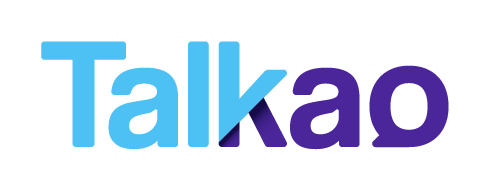

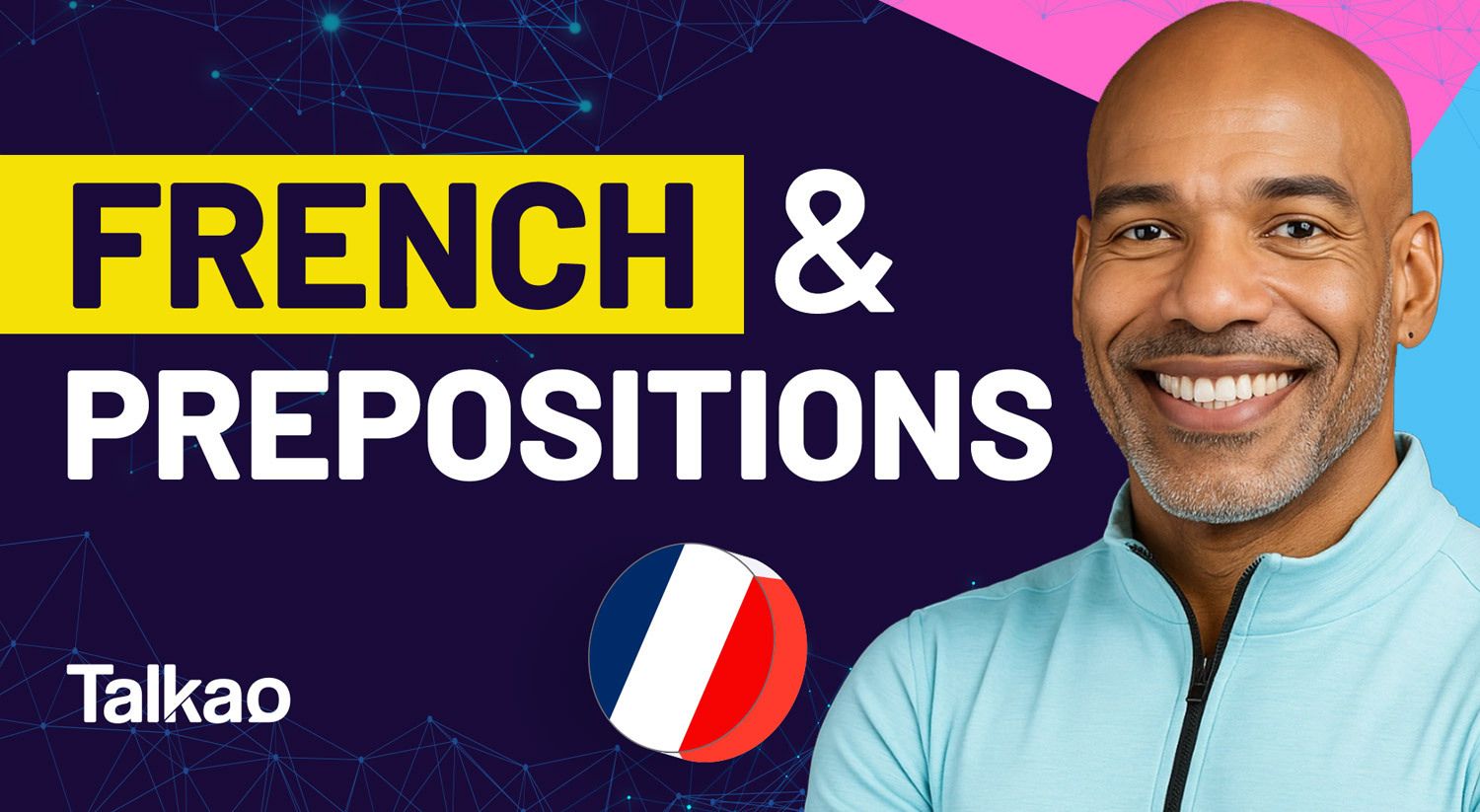

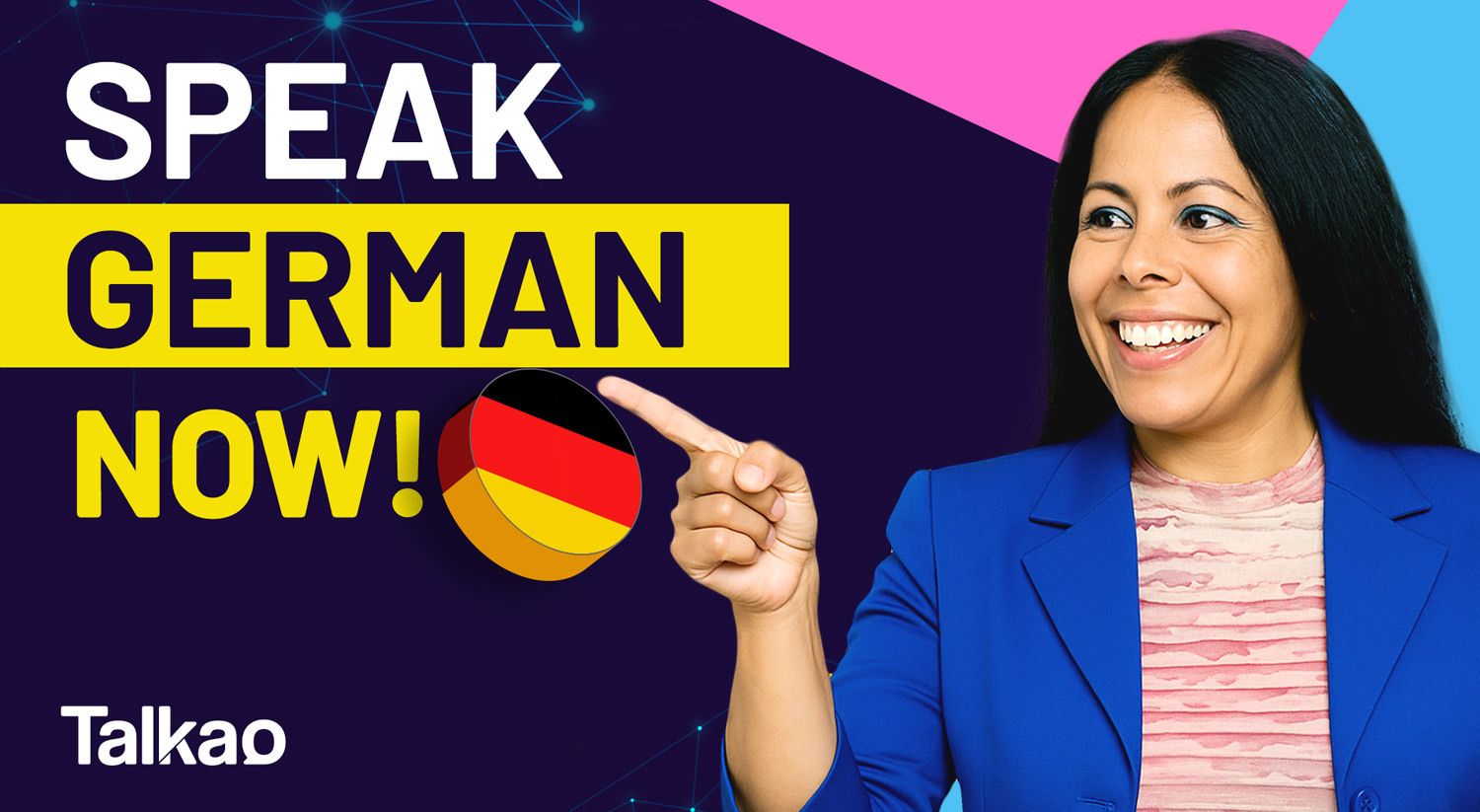
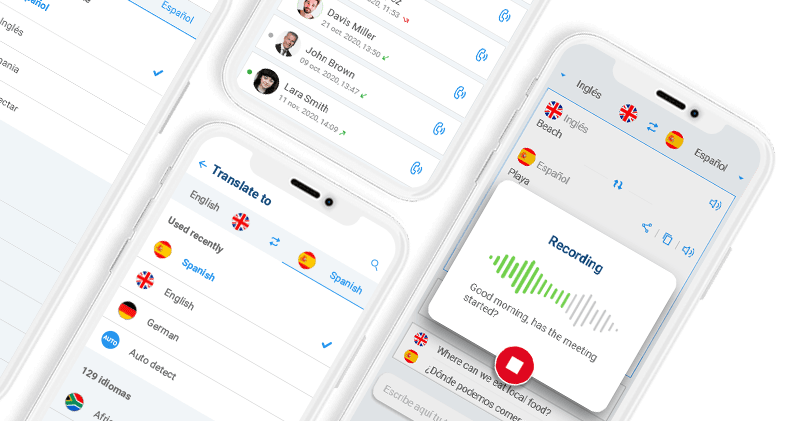



Newsletter